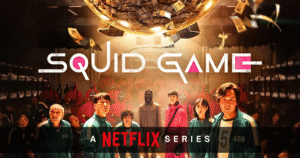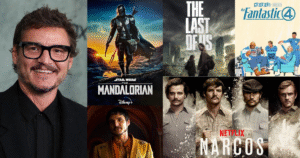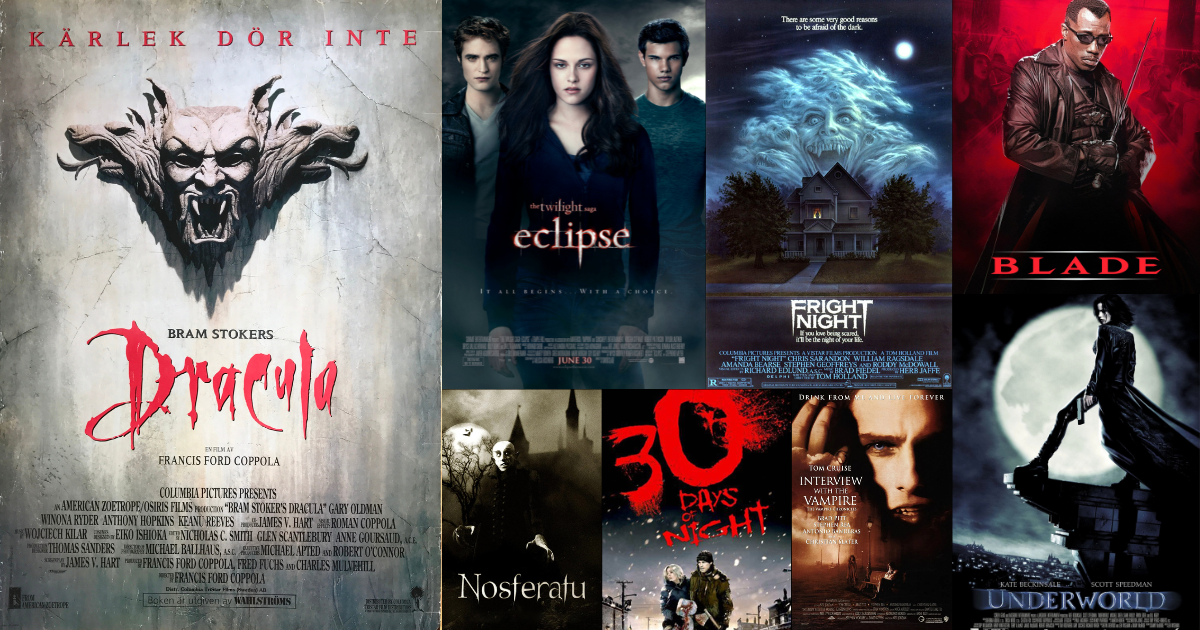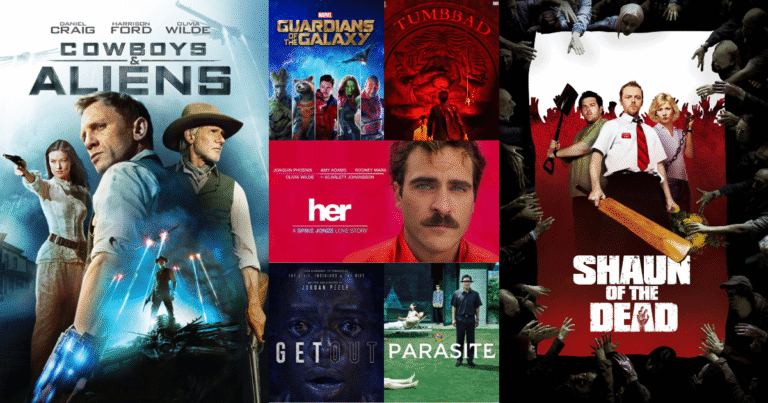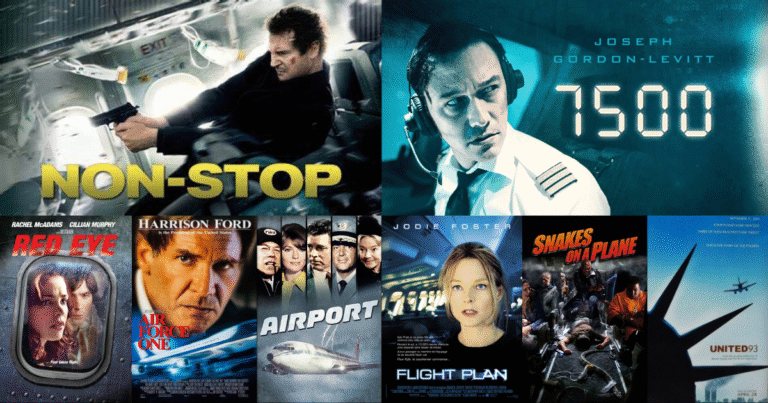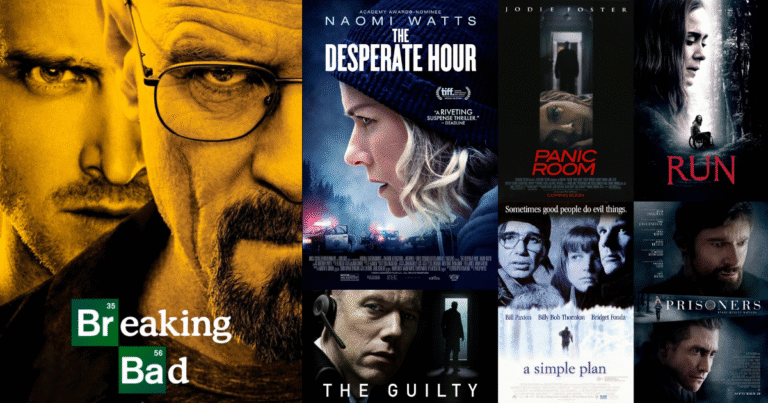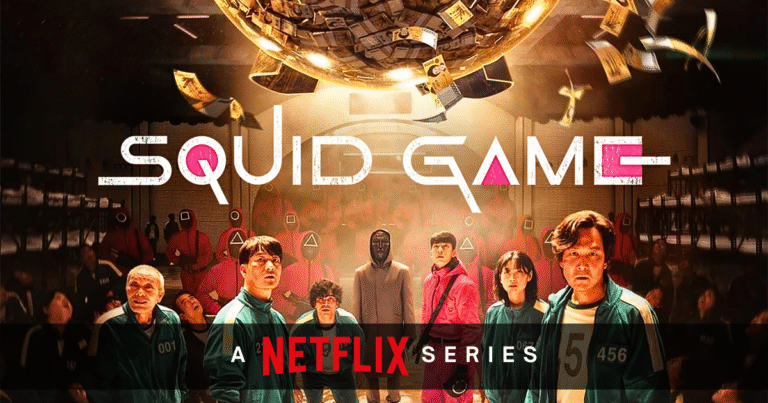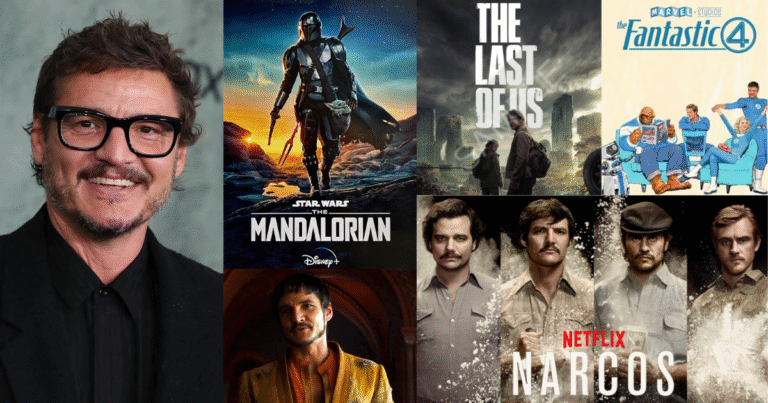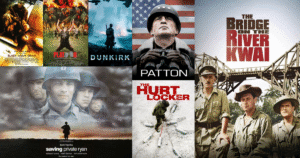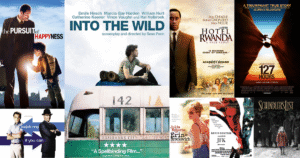Vampire movies have been around for over a century, and somehow, they still haven’t lost their bite. Whether it’s a gothic horror flick, a romantic bloodsucker drama, or a slick modern reboot, there’s something about vampires that keeps audiences coming back. They’re mysterious, dangerous, and oddly relatable.
But what is it about vampire films that makes them so timeless?
Let’s take a walk through the shadows and find out.
The Origins of Vampire Cinema
Vampires have been haunting the silver screen since the silent film era. One of the earliest—and most iconic—vampire movies is Nosferatu (1922), a German expressionist take on Bram Stoker’s Dracula. It didn’t just introduce audiences to Count Orlok’s creepy silhouette; it helped set the stage for how vampire stories would be told in cinema.
Then came Dracula (1931) starring Bela Lugosi, whose performance practically defined the suave, aristocratic vampire for decades. With his cape, hypnotic gaze, and thick accent, he became the face of classic vampire horror.
These early films laid the foundation for everything that came after, romance, fear, and the eternal struggle between human and monster.
Vampires Through the Decades
Each generation has reimagined vampires in its own image.
In the 1960s and ’70s, Hammer Films in the UK gave us a more sensual and colorful take on the vampire legend, with Christopher Lee’s Dracula at the center. These movies turned up the gore and leaned into the erotic undertones that had always simmered beneath the surface.
Then the 1980s brought a rebellious spirit. Films like The Lost Boys made vampires cool, mixing leather jackets, rock music, and teen angst. Around the same time, Fright Night blended comedy with horror, proving that vampire films could still be scary, and fun.
The 1990s gave us a mix of moods. Interview with the Vampire introduced elegance and existential dread, while Blade turned vampires into action villains in a slick, comic-book-style world. Audiences started to see vampires not just as monsters but as complex characters with layered emotions and long histories.
And of course, the 2000s gave us Twilight. Love it or hate it, Twilight flipped the genre by putting a human-vampire love story front and center. It drew in a younger audience and created a pop culture phenomenon.
Why Vampire Movies Keep Coming Back
So why do vampire movies stay popular? The answer lies in their flexibility. Vampires are great metaphors.
They can stand in for:
- Addiction (The Addiction, Only Lovers Left Alive)
- Loneliness and alienation (Let the Right One In, Byzantium)
- Sexual desire and repression (Dracula, The Hunger)
- Power and control (Underworld, Blade)
At their core, vampire stories are about outsiders, creatures who don’t quite fit in, who struggle with who they are, and who must hide their true nature. That’s a powerful theme that resonates with a lot of people.
Plus, vampires are just cool. They live forever, they’re usually good-looking, and they have powers most of us only dream about. Watching them on screen is like tapping into a dark fantasy.
The Many Flavors of Vampire Films
Vampire movies aren’t all the same. In fact, one of the genre’s strengths is how versatile it is.
- Romantic Vampire Films: These focus on the emotional side of being undead. Think Twilight, Only Lovers Left Alive, or Bram Stoker’s Dracula. These films explore love that defies time and mortality.
- Horror Vampire Films: For those who prefer their vampires terrifying, movies like 30 Days of Night, Salem’s Lot, or Let the Right One In deliver plenty of blood and fear.
- Comedy Vampire Films: Sometimes, vampires are just plain funny. What We Do in the Shadows is a hilarious mockumentary that shows what it’s like to be a vampire roommate in modern-day New Zealand.
- Action Vampire Films: Think leather, swords, and high-octane fights. The Blade series and Underworld franchise gave us vampire superheroes and complex underground wars.
There’s even room for animated takes like Hotel Transylvania, which brings vampires to kids with a goofy, lovable twist.
Streaming and the New Age of Vampires
Vampires are alive and well in the streaming era. Series like True Blood, The Vampire Diaries, and Netflix’s Dracula miniseries have introduced the genre to new audiences. These shows go deeper into the vampire mythos, building rich worlds full of politics, romance, and drama.
Streaming also gives space for international vampire stories. South Korean film Thirst and Iranian indie A Girl Walks Home Alone at Night offer unique spins on the genre, blending local culture with classic vampire themes.
What’s Next for Vampire Movies?
Vampires aren’t going anywhere. New projects are constantly in the works, and with each generation, we get a slightly different version of the vampire myth.
As long as people are curious about immortality, desire, and darkness, there will be room for another vampire film.
Whether you’re into romantic bloodsuckers or terrifying monsters of the night, vampire movies offer something for everyone. They’re shape-shifters, not just in stories, but in how they evolve with time.
Final Bite
Vampire films survive because they change. They don’t stick to one form, one tone, or one audience. They adapt. Just like the creatures they portray.
And that’s why we keep watching.
